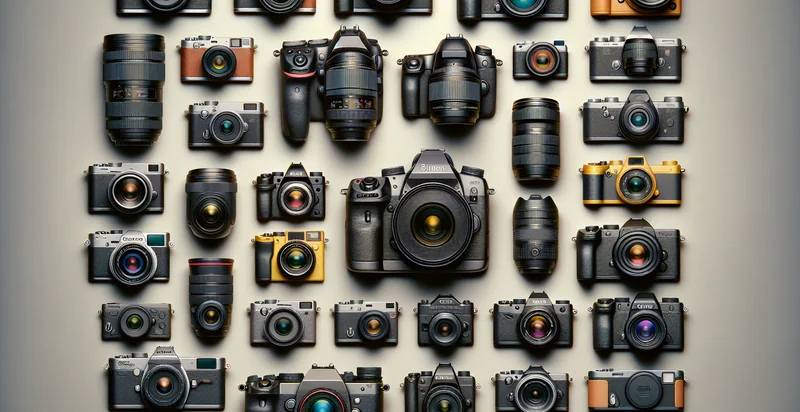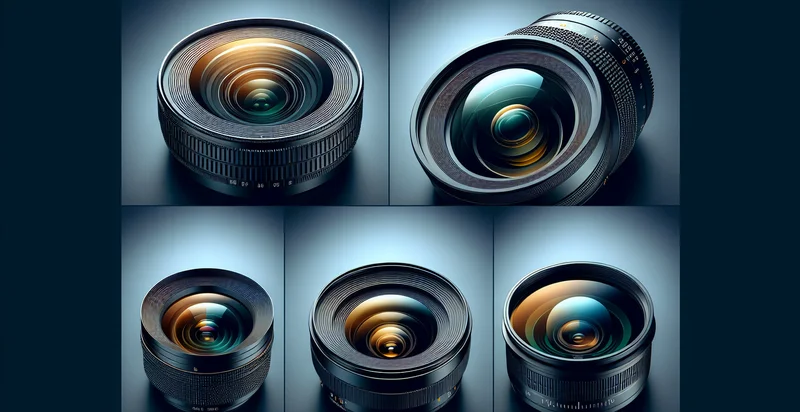Identify digital camera categories
using AI
Below is a free classifier to identify digital camera categories. Just upload your image, and our AI will predict what type of digital camera it is - in just seconds.

Contact us for API access
Or, use Nyckel to build highly-accurate custom classifiers in just minutes. No PhD required.
Get started
import nyckel
credentials = nyckel.Credentials("YOUR_CLIENT_ID", "YOUR_CLIENT_SECRET")
nyckel.invoke("digital-camera-categories", "your_image_url", credentials)
fetch('https://www.nyckel.com/v1/functions/digital-camera-categories/invoke', {
method: 'POST',
headers: {
'Authorization': 'Bearer ' + 'YOUR_BEARER_TOKEN',
'Content-Type': 'application/json',
},
body: JSON.stringify(
{"data": "your_image_url"}
)
})
.then(response => response.json())
.then(data => console.log(data));
curl -X POST \
-H "Content-Type: application/json" \
-H "Authorization: Bearer YOUR_BEARER_TOKEN" \
-d '{"data": "your_image_url"}' \
https://www.nyckel.com/v1/functions/digital-camera-categories/invoke
How this classifier works
To start, upload your image. Our AI tool will then predict what type of digital camera it is.
This pretrained image model uses a Nyckel-created dataset and has 20 labels, including 360 Camera, Action, Aerial Camera, Bridge, Cine Camera, Compact, Dslr, Film, Instant and Large Format.
We'll also show a confidence score (the higher the number, the more confident the AI model is around what type of digital camera it is).
Whether you're just curious or building digital camera categories detection into your application, we hope our classifier proves helpful.
Related Classifiers
Need to identify digital camera categories at scale?
Get API or Zapier access to this classifier for free. It's perfect for:
- E-Commerce Product Categorization: An online retail platform can utilize the digital camera categories identifier to automatically classify new camera listings into appropriate categories, such as DSLRs, mirrorless cameras, and compact point-and-shoots. This automation streamlines inventory management and improves the shopping experience for customers by making product searches more intuitive and efficient.
- Market Analysis and Trend Identification: Market researchers can leverage the classification function to analyze which types of digital cameras are most commonly listed and sold across different platforms. This data can help businesses identify current trends, preferences, and emerging markets, informing product development and marketing strategies.
- Customer Segmentation and Targeting: Businesses can use the identifier to segment their customer base based on the types of cameras they are interested in. This segmentation enables targeted marketing campaigns that cater to specific customer preferences, increasing the likelihood of conversion and customer satisfaction.
- Content Creation and SEO Optimization: Bloggers and content creators can utilize the classification tool to enhance their SEO strategies by identifying popular camera types in their niche. By optimizing content for specific digital camera categories, they can attract more traffic and engage a targeted audience interested in photography and related topics.
- User-Generated Content Classification: Social media platforms or photography communities can implement the identifier to categorize user-uploaded images based on the type of camera used. This organization can help users easily explore photos captured with similar equipment, promoting engagement and interaction within the community.
- Technical Support and Troubleshooting: Customer support teams can employ the classification function to quickly identify the type of camera a customer is using when they reach out for assistance. This accuracy allows support staff to provide tailored help and resources, enhancing the overall customer service experience.
- Insurance and Warranty Claim Processing: Insurance companies can utilize the digital camera categories identifier to classify claims related to damaged or stolen cameras. This classification system can streamline the claims process by ensuring that the correct camera type is accurately assessed, leading to quicker resolutions and customer satisfaction.


